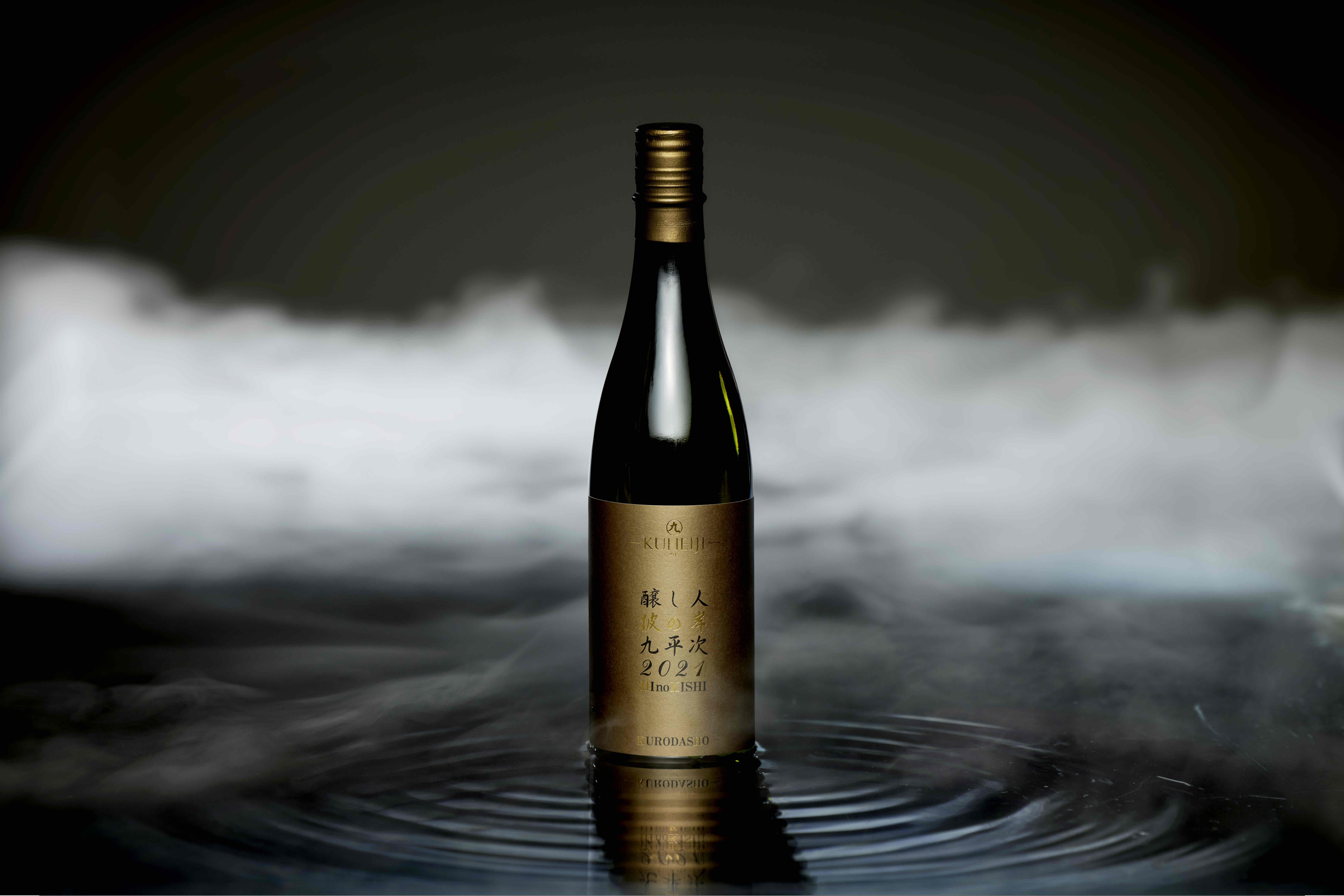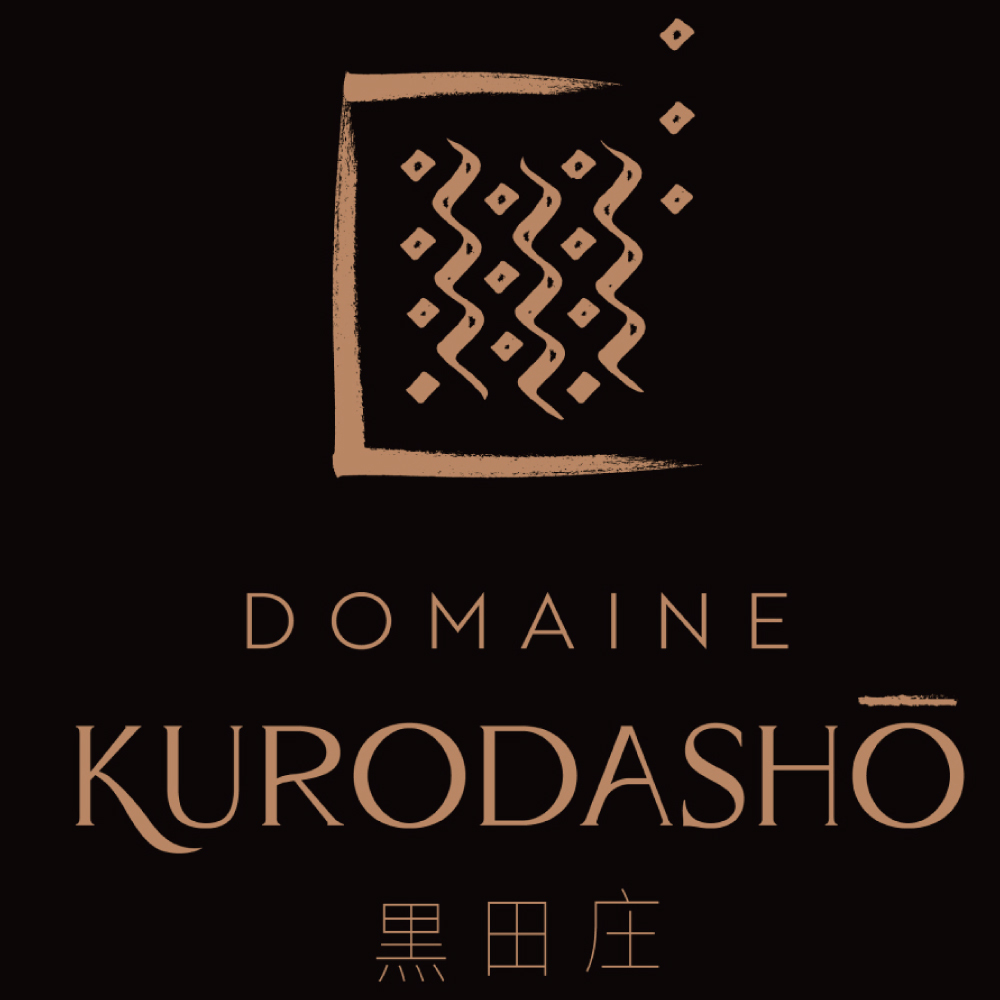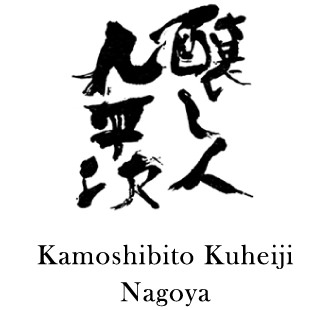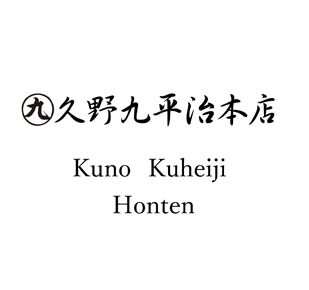"It all begins in the rice fields."
The KUHEIJI brand believes the job of brewing is filled with both romance and drama, and it all begins in the soil of our locations in Nagoya, Kurodashō, and Morey Saint Denis, where every year we pay particular attention to the changes that affect our crops.
Only by cultivating our own rice can we experience the story that is written out in the fields with every vintage and terroir.
We gain a respect for just how helpless we are in the face of nature's spontaneous rhythms, able only to look up at the heavens and pray.
Yet this is not the defining factor in our philosophy, our aesthetics.
Instead, it was all of you who gave us the push and caused us to go out into the fields ourselves.
It was because we heard our customers' desire to taste the essence of our ingredients.
It was you who set us onto this path, this system of belief.
And we cannot express to you all just how grateful we are for that.

-
The
Beginning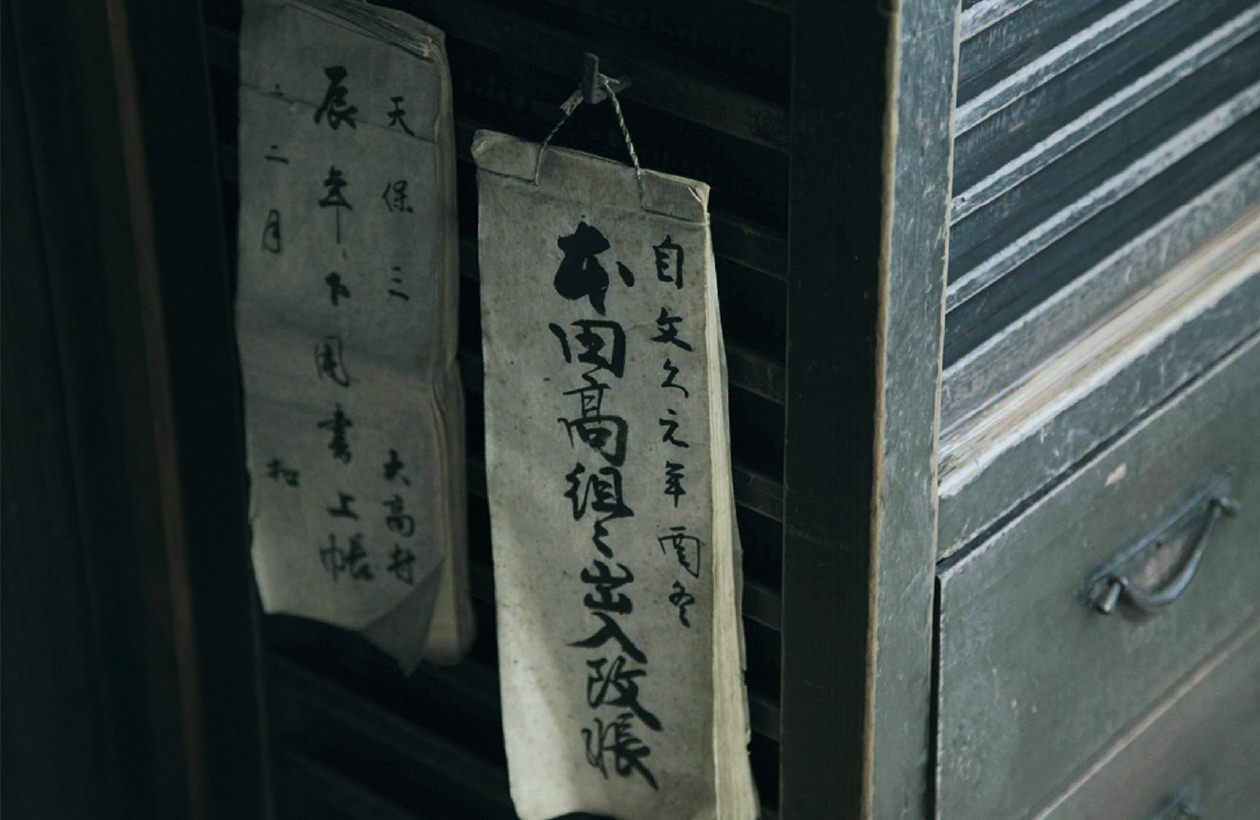
We began producing sake in the year 1647.
Kuheiji is a professional name, inherited by each new generation.
I am the 15th in this long line.
So what is it that we all inherited from our predecessors that has allowed us to survive for so long?
I believe the answer is innovation; a drive to never remain content with the status quo. -
Hand-Crafted
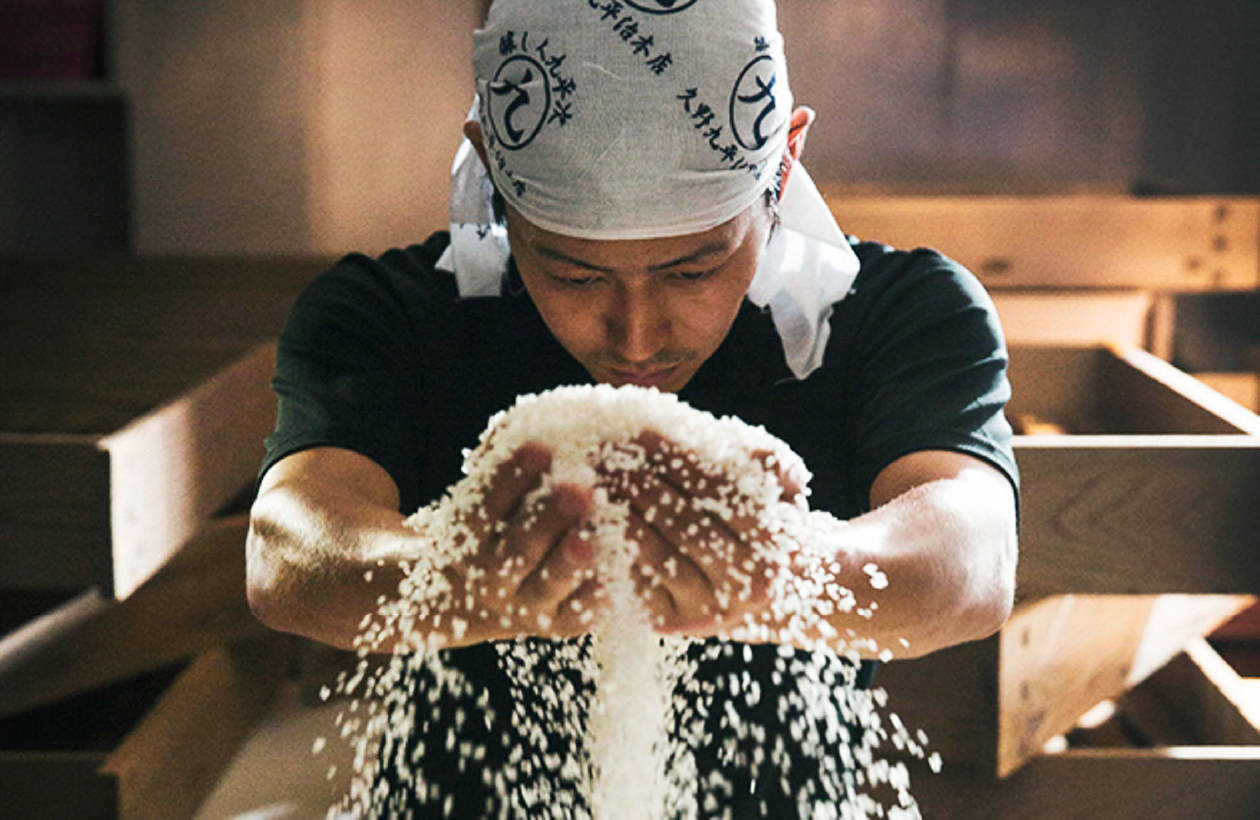
"Our hope is to bring more attention to Japanese sake in the 21st century."
"We'd like to put Japanese sake back in the spotlight."
"The goal is to lift sake up and give it a fresh, new value."These thoughts were the drive behind 15th generation Kuheiji Kuno's reformation efforts,giving birth to a new line of products: Kamoshibito Kuheiji.
-
A New Light
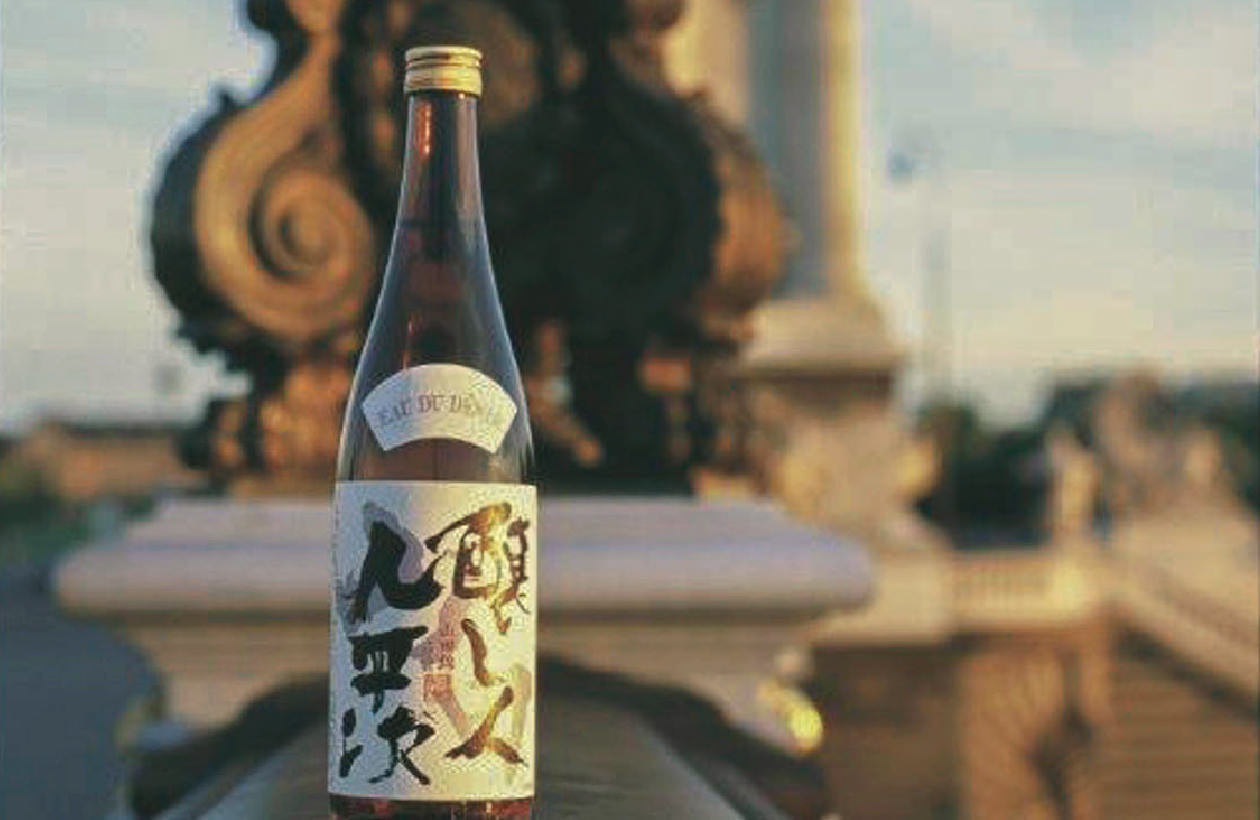
The story begins in Paris.
It was there we were given our chance."I bet you're a small company, aren't you? I can tell. I can tell.
Your products taste hand-made. That is a big requirement Ⅰ have for choosing which wines I drink."
This was the highest praise I could have asked for.
Why is that? Well, because Kamoshibito Kuheiji has a long history filled with hardship.However, a truly great product will rise beyond genres, cultures, or national borders. Thus began its promotion as a product for authentic French chefs and sommeliers.
-
From the Farm
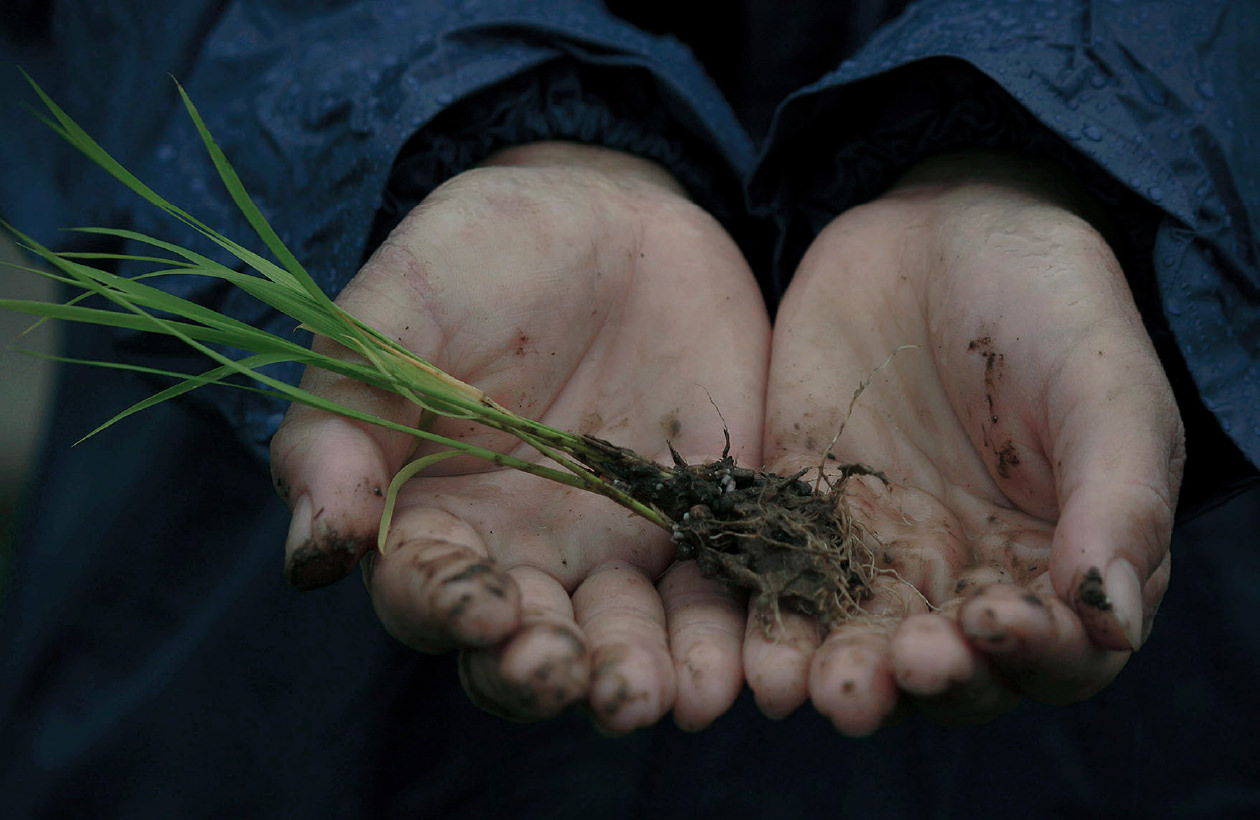
"How is Japanese sake made?"
This is what you might expect to be the first question to be.
However, conversations with chefs and sommeliers always began with the topic of rice.
"What kind of rice do you use?"
"Do you grow the rice yourself?"
"Tell me more about the rice you use!"
This is because they understand the importance of the raw materials used in making wine.They are what have the most effect on the final product.
Though I was able to answer their questions with my own general knowledge, I began to feel somewhat guilty about not growing my own rice.It was this guilt that led to me starting a new rice crop in Kurodashō.
(And again with omachi rice in Okayama Prefecture's Akaiwa in 2014.)
Thus it began in Kurodashō, giving birth to Kyoden. -
Wine
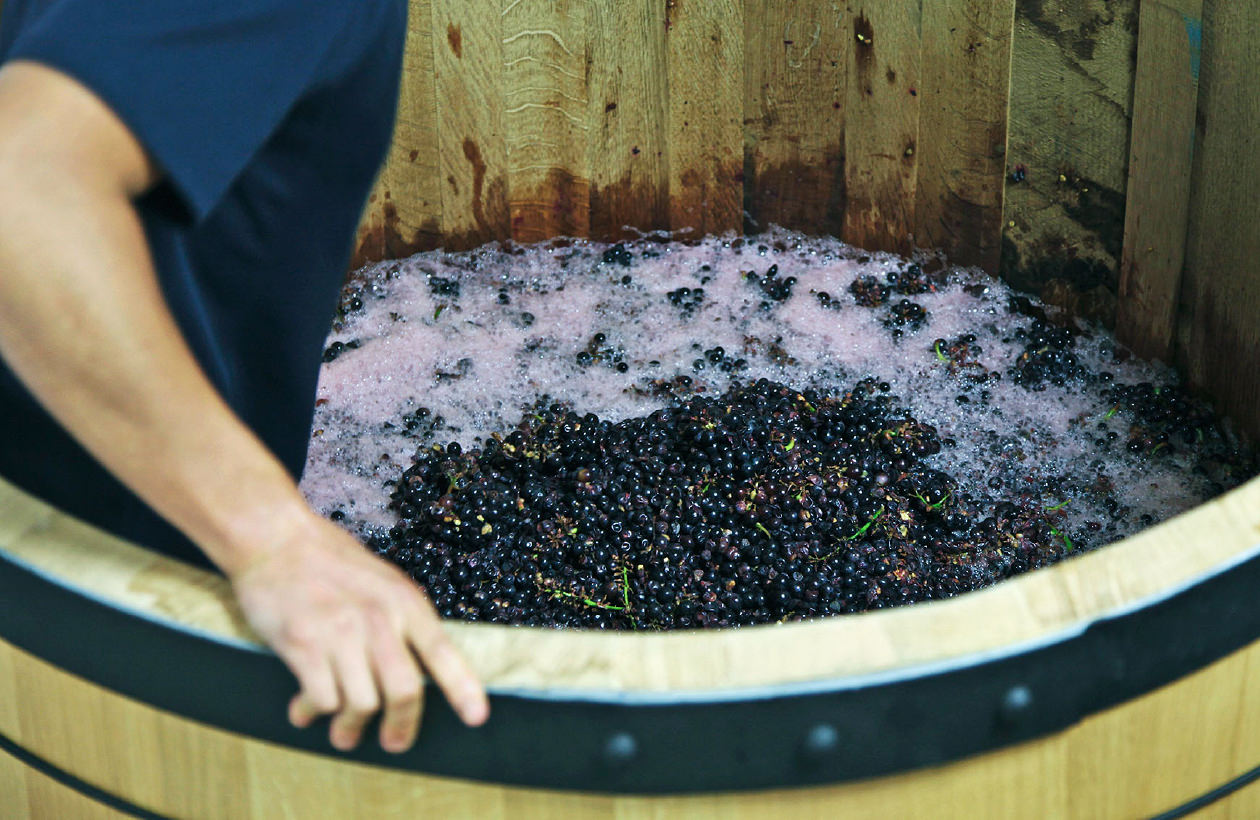
Something special awaits at the end of the commingling of ingredients. Planning to brew wine in the Bourgogne region of France.
Hand-crafted with human intuition, feeling, and care.
Wine created in the heart of France.
Hoping for the perfect chemical results. (First Release in April 2020)
Thus DOMAINE KUHEIJI was born. (French Wine)
At the same time we started to forge close links with French rice farmers, by going every year to France to cultivate rice together.
This gave birth to "Born in CAMARGUE". (French Rice Sake) -
In the Rice Paddy
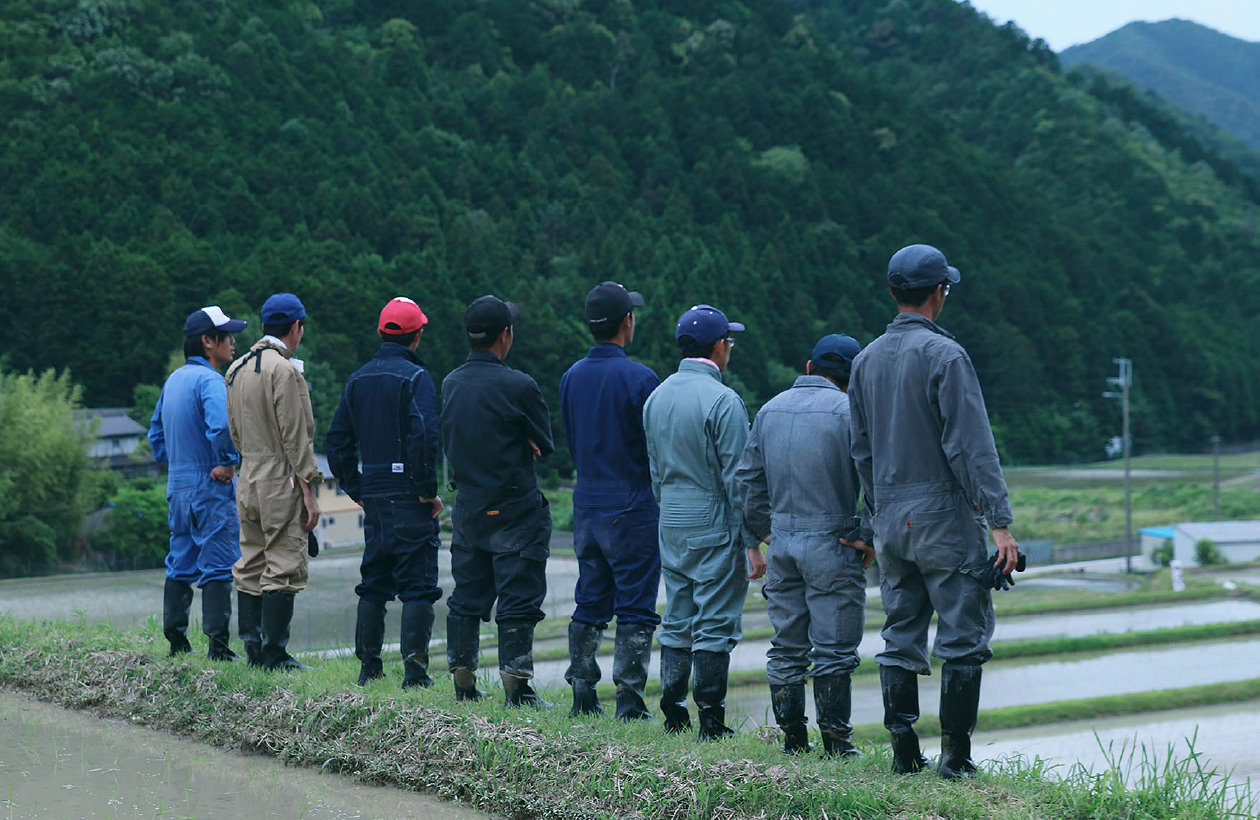
"The most important ingredient in Japanese sake is undoubtedly the rice."
No matter how skilled a brewery is, the final product's characteristics and vintage depend on the crop.
This is what the rice paddies of Kurodashō taught me.In the same way wine varies with the grapes used to make it, Japanese sake relies on its rice. Kurodashō has taken this to heart, ensuring its rice is properly cared for, from tiny seedling to final product, thereby demonstrating the importance of a strong connection between rice field and brewery.
This is the lesson I learned from Morey Saint Denis.This product perfectly demonstrates the importance of the rice fields.
Thus Domaine Kurodashō was born.





